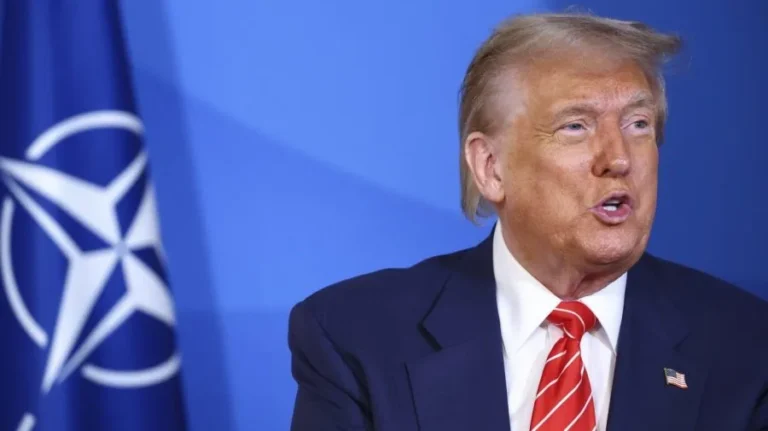Donald Trump has once again come under fire for rejecting the views of his own intelligence services. The former president, known for frequent controversies, is now facing backlash over his recent actions related to Iran’s nuclear program. Trump made headlines when he dismissed official U.S. intelligence findings and moved forward with a military strike, which he later defended on his social media platform.
The conflict began when Tulsi Gabbard, U.S. Director of National Intelligence, informed Congress that Iran was not developing nuclear weapons. Her statement was based on data from U.S. intelligence agencies. But Trump rejected that view, claiming Iran was actively working on nuclear arms. He accused the agencies of underestimating the threat and used that argument to justify a military strike.
On June 21, the U.S. launched attacks using bunker buster bombs on three nuclear sites in Iran. Trump claimed these facilities were fully destroyed and that the attack had set Iran’s nuclear plans back by several years.
However, the U.S. Defense Intelligence Agency offered a very different assessment. According to its report, the damage from the attacks was limited. It said Iran’s nuclear development had only been delayed by a few months. The report also noted that Iran had removed its enriched uranium from the sites before the airstrikes. Tehran confirmed this claim as well.
Trump rejected the idea that Iran could have moved such materials so quickly. He said moving enriched uranium is both dangerous and time-consuming, requiring at least two weeks. Trump’s firm denial led to a new wave of defense from his team. Agencies such as the CIA, the Pentagon, and the White House scrambled to back his version of events, claiming media outlets were spreading false and misleading information.
This is not the first time Trump has distrusted the country’s own intelligence community. One major case occurred during the 2016 U.S. presidential election. Intelligence reports showed Russia had interfered in the vote, helping Trump defeat Hillary Clinton. But Trump rejected those findings, saying he won fairly and without foreign help.
In January 2019, another case drew attention. Intelligence officials stated Iran was not building nuclear weapons, but North Korea was getting close. Trump dismissed this and called the agencies “passive and foolish.” He insisted that U.S. relations with North Korea were strong. Just months later, he visited North Korea, becoming the first sitting U.S. president to do so.
That same year, intelligence warnings emerged about the terrorist group ISIS. They warned that ISIS could launch attacks inside the United States, especially from Syria and Iraq. Trump ignored those warnings and ordered the withdrawal of 2,000 American troops from Syria. He declared that ISIS had been defeated.
More recently, in April, Trump claimed a Venezuelan gang named Tren de Aragua was planning attacks on U.S. soil. He also said Venezuelan President Nicolás Maduro had ties to the group. However, 17 out of the 18 U.S. intelligence agencies disagreed with Trump. Only the FBI supported part of his statement. The others said there was no clear connection between Maduro’s government and the gang.
Over the years, Trump’s constant refusal to accept official intelligence has led to confusion and deep divisions. His critics argue that such behavior weakens public trust and threatens national security. Supporters, however, believe Trump is exposing flaws in the intelligence system and standing up for truth.
Whether in the case of Russia, Iran, North Korea, or Venezuela, Trump’s stance has followed a clear pattern—he often sides against the nation’s top intelligence experts. As the political spotlight once again focuses on his actions, the debate continues: is Trump uncovering hidden truths, or is his distrust doing more harm than good?







